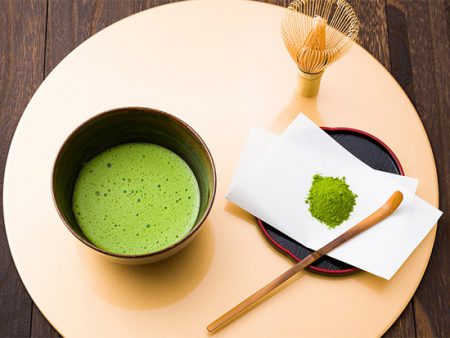
MATCHA boom
MATCHA boom spreading all over the world at a tremendous speed.
In response to Japanese food being registered as UNESCO Intangible Cultural Heritage, rice, sake, tea … especially Matcha was particularly noticed, and became an international language “MATCHA”.
Not only Matcha as tea, Matcha Latte, Green Tea Ice, Green Tea Cake, Green Tea Chocolate, etc. are becoming very popular.
Monday, February 6, 2017, “Matcha Day”. On this day, at the Tea University “Japan MATCHA Summit” aimed at bringing together experts from Matcha, Japan, China, South Korea, France and around the world, to better understand Matcha, was held.
Why do not you know more about the charm of Matcha, which is very effective for anti-aging, beauty and health as well as the color, flavor, taste and taste of Japanese green.
◆About Matcha
The secret that Gyokuro keeps the taste as a king of tea is to stick the bush over tea tree, rather putting on the teapot, etc. (3-4 weeks before the expected date of picking the tea’s tea leaves) There are places where we often use sunlight to raise it. In the beginning of April the one that was shaded from 40 to 50% in the beginning of April can be increased up to the light blocking ratio of about 90% about several days ago.
Such a process operation will make a unique scent called “Ooi incense”, but this blue scent, like a fresh pasta is also a feature of the Matcha.
The components of umami are amino acids, but among them amino acids such as glutamic acid, theanine and arginine increase by more than about 1.5 times that of infusate tea by blocking light.
◆Preparation of Matcha
How to make Gyokuoku is a product after plucking tea leaves, steaming → rubbing → drying, but without the operation of “rubbing”, what is dried as such is referred to as tea. “Matcha” is the one that grinds this tea with a stone mill to make a powder.
◆Matcha effect effectiveness
~ Matcha is really good for health! ~
Tea has been prized as a medicine since ancient times. In 1991, the first international conference of tea was held in Japan, but at this time tea that has been passed down until then has effect as medicine, specifically, lifestyle such as cancer, hypertension, heart disease etc. Possibility of being effective for diseases including diseases was announced based on experimental facts. It is also a time when the effect of tea has been greatly reexamined. These effects are obtained only by using tea as “drink”, but these effects are found, but in the case of Matcha you will use all 70% insoluble remaining. There is a further possibility for the health benefits of Matcha.
◆Active ingredients contained in Matcha(Japanese tea)
Matcha is rich in caffeine, polyphenol (catechin), amino acid (theanine), etc, and they express various physiological functions singly or in combination.
It is said that caffeine “has been drunk since ancient because it is included in tea”, has a wakefulness effect, diuretic effect.
Catechin is a substance with excellent antioxidant and adsorptive properties, it will become colored by spilling tea on a white cloth and it will not fall off, tea leaves will be dirty with tea leaves, but these depend on the catechin adsorption effect.
Therefore, it is effective for the viral infection of the common cold, or prevents bad breath. The antioxidant property of catechin is a property that can be used as an almost synonym of anti-aging, and antioxidant substances are effective for suppressing canceration, suppressing atherosclerosis, suppressing the rise in blood pressure, preventing stroke, suppressing obesity It is a substance that shows an effect on oxidative stress, such as action, prevention of aging dementia, etc.
source: Japan Matcha Summit

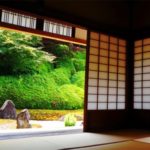
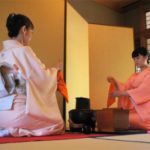
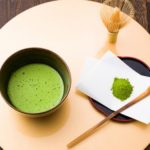
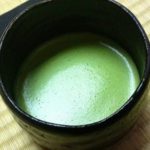
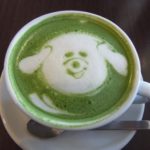
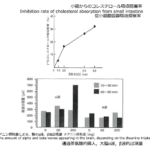
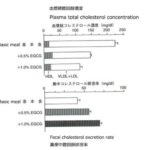
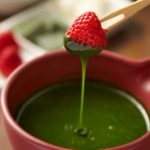
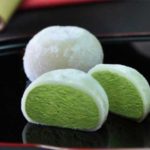
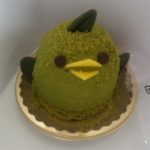
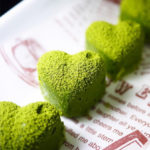
Leave your comment
You must be logged in to post a comment.